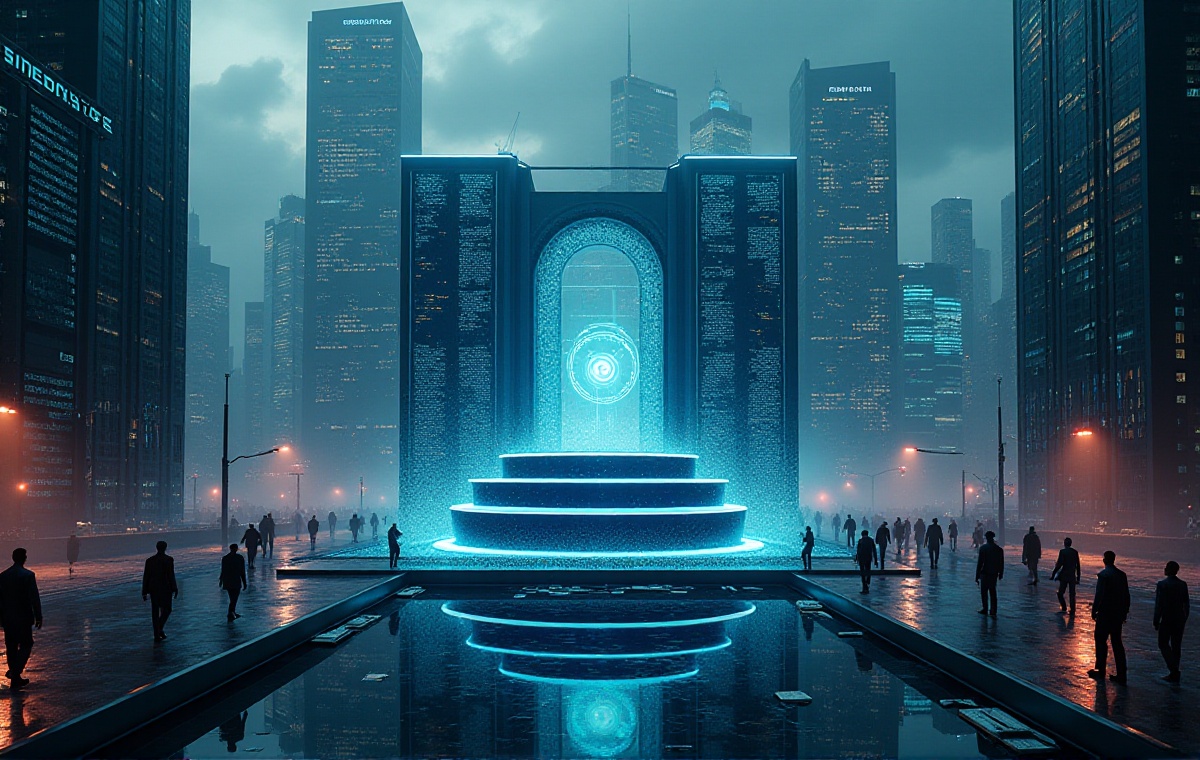First Impressions
Every time I approach the British Museum's imposing Greek-columned entrance, I feel a surge of excitement. Founded in 1753, this world-class museum is essentially a vast treasury of human civilization. The museum houses over 8 million artifacts - just thinking about this number is staggering. I once calculated that if you wanted to see every exhibit, spending just 1 minute per artifact without eating, drinking, or sleeping, it would take 15 years. This massive collection is enough to drive any artifact enthusiast wild.
The museum building itself is a work of art. The towering columns seem to reach for the sky, while beautiful reliefs on the portico tell stories from Greek mythology. I always pause to admire it when passing by. Especially under sunlight, the entire building exudes a solemn and sacred atmosphere. The moment you enter the hall, the massive glass dome will leave you in awe, with natural light pouring through, adding a unique ambiance to the entire space.
The museum's courtyard design is also ingenious, covered by a huge glass skylight that both protects the historic building and gives the space a modern feel. The cafes and rest areas around the courtyard allow visitors to take breaks between viewing exhibits. I particularly enjoy sitting here watching visitors from around the world who gather here, bringing their curiosity and reverence for human civilization.
Must-See Galleries
Speaking of must-see galleries, I highly recommend the Egyptian Gallery first. It houses over 130,000 artifacts, covering nearly every aspect of ancient Egyptian civilization. The shock of standing before a mummy for the first time remains unforgettable. Through the glass cases, you can clearly see the ancient Egyptians' faces, with their hair, skin, and even nails well preserved. Whenever I see these, I imagine what they looked like in life, their lives, their stories.
The most worthwhile piece in the Egyptian Gallery is the Rosetta Stone. This black basalt stone is inscribed with the same text in three different versions: hieroglyphics, Demotic script, and ancient Greek. It was by comparing these three scripts that archaeologists were able to decipher hieroglyphics. Every time I stand before the stone, I imagine Champollion's excitement when he cracked the code.
The Mummy Gallery is another must-see. Here you'll find not only human mummies but also various animal mummies. Ancient Egyptians, believing in the afterlife, mummified cats, crocodiles, monkeys, and other animals. Through these exhibits, we can understand ancient Egyptian religious beliefs and burial customs. The gallery's lighting design is special, with dim lights creating a mysterious atmosphere that seems to transport you back to ancient Egypt.
The Greek Gallery is equally impressive. The Parthenon sculptures are the crown jewels here. These reliefs depict numerous scenes from Greek mythology, with craftsmanship so exquisite it takes your breath away. The expressions, body movements, and flowing drapery are all carved with lifelike detail. Even after more than two thousand years, these marble statues still radiate eternal charm.
The Assyrian Gallery's colossal human-headed winged lions are also not to be missed. These mighty guardian deities once protected the palace gates of Nineveh. Their massive size and intricate carving demonstrate the glory of ancient Assyrian civilization. Each time I pass by, I'm struck by these statues. They not only showcase the extraordinary skills of ancient craftsmen but also stand as testimony to a powerful civilization.
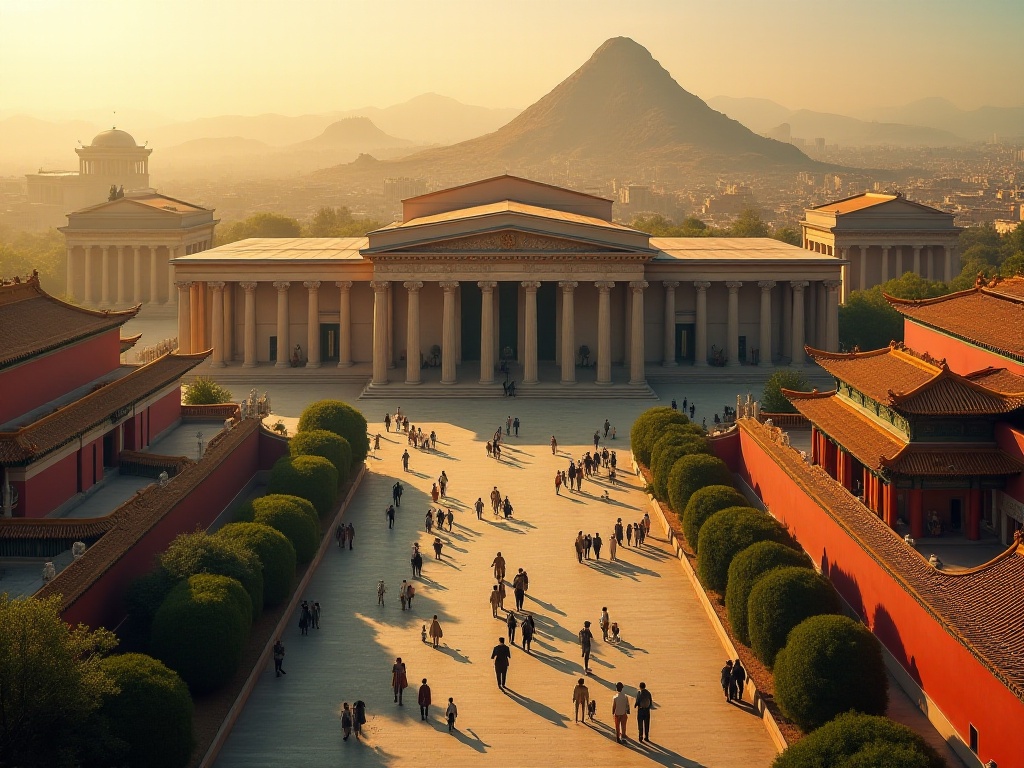
Visiting Strategy
Based on my multiple visits, I've developed an optimal visiting route. First, timing is crucial. The museum opens at 10 AM, when visitor numbers are lowest. I suggest arriving half an hour before opening to avoid long queues. Security checks are quick, but if you come late, waiting times can be lengthy.
After entering, head straight to the Egyptian and Greek galleries on the second floor. At this time, these popular galleries aren't crowded yet, allowing quiet appreciation of the exhibits. The Parthenon sculptures, in particular, are best viewed and photographed in the morning's natural light. I usually spend two to three hours here, savoring the story behind each exhibit.
By noon, crowds noticeably increase. This is a good time to rest at the basement café. The café has a nice ambiance and quite good food. I love their special latte, which is rich and delicious. Paired with an English scone, it's perfect. While resting here, I often review my morning photos, organize notes, and prepare for afternoon viewing.
Afternoon visits can be more relaxed. I usually choose one or two specific galleries to explore in depth. For example, the China Gallery, which houses many beautiful porcelain and bronze pieces. Or the Japan Gallery, to appreciate ukiyo-e prints. These galleries are less crowded, allowing for quiet contemplation.
If time permits, attend the museum's evening events. The museum stays open until 8:30 PM on Fridays and hosts various special activities. I especially recommend joining guided tours, where guides share many little-known stories behind the exhibits.
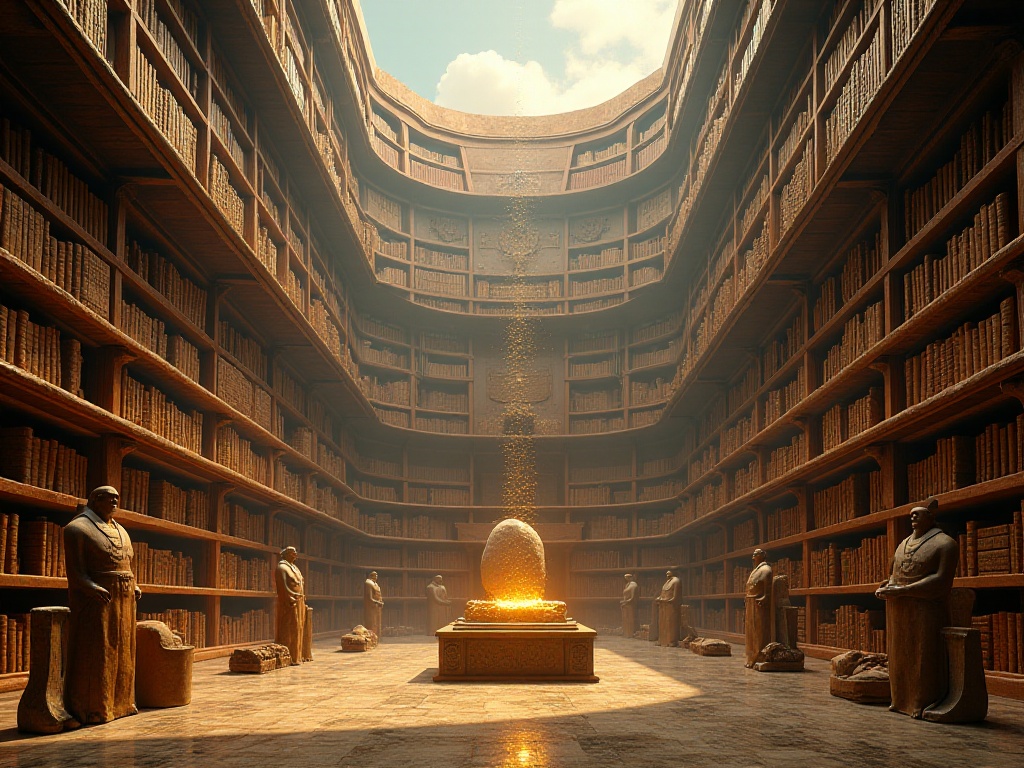
Photography Tips
Photography is allowed in the British Museum as long as you don't use flash. But to take good photos, you need some techniques. First, I strongly recommend bringing a wide-angle lens. The museum's galleries are generally spacious, and many large exhibits are difficult to capture fully with a standard lens. A wide-angle lens is particularly helpful when photographing the Parthenon sculptures, allowing you to capture more complete compositions.
Lighting is key to photography. Natural light mainly comes through the glass dome, with the best light in the morning and afternoon. Avoid backlighting when shooting, and use display case reflections to add depth to images. For small items in display cases, a macro lens is recommended to capture more detail.
Composition is also important. Besides front-on shots, try some special angles. For example, shooting giant statues from a low angle can emphasize their grandeur. Or use the gallery's architectural elements as foreground to add spatial depth. I often use the museum's arches or columns to frame shots, with good results.
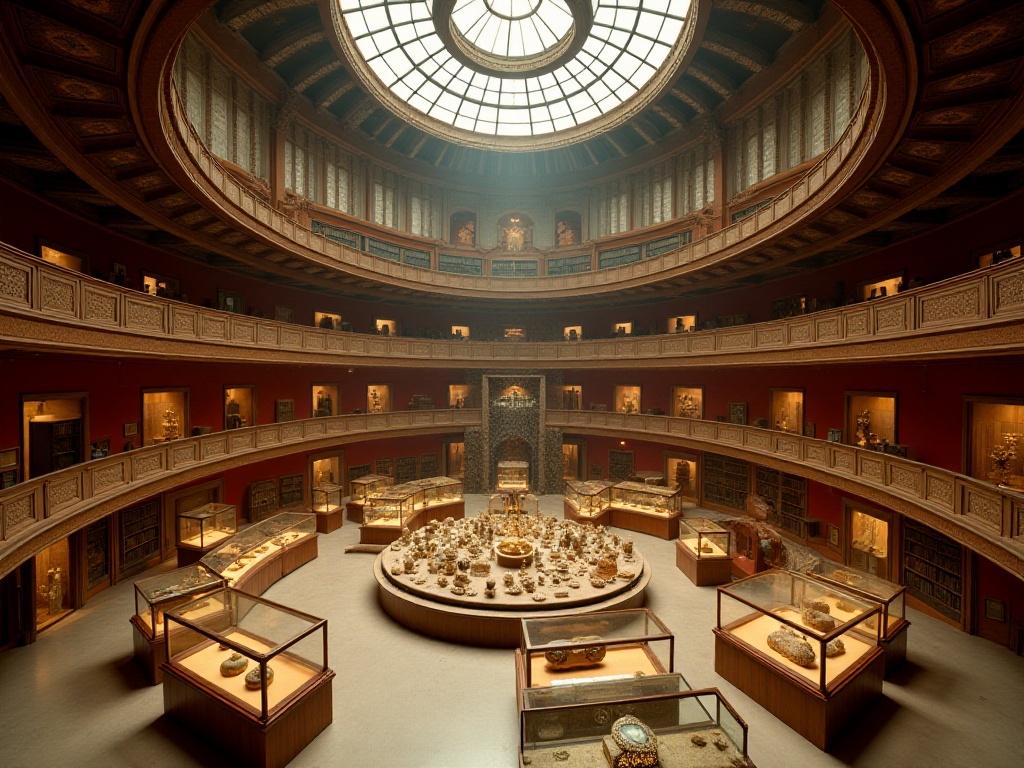
Hidden Gems
Speaking of lesser-known galleries, I most recommend the Japan Gallery. It houses many exquisite ukiyo-e works, including Hokusai's "Thirty-six Views of Mount Fuji" series. These works are very well preserved, with colors still vibrant. Once, I met an elderly Japanese gentleman here who told me that such a complete collection is hard to find even in Japan.
The India Gallery is also worth visiting. It houses many beautiful Buddhist artworks, from sculptures to paintings, all showcasing the unique charm of Indian art. The reliefs depicting Buddha's life are particularly rich in detail and storytelling. I discover new details every time I visit.
Though smaller in scale, the Africa Gallery has very distinctive exhibits. It houses many African tribal masks and statues with unique designs full of mystique. I particularly love the Benin bronze series, which demonstrates the brilliant achievements of African civilization.
The Medieval Gallery is also interesting. It houses many European medieval artworks, from jewelry to weapons, from daily items to religious objects, giving a more intuitive understanding of medieval life. The Sutton Hoo burial exhibits are particularly impressive, with beautiful Anglo-Saxon gold pieces showing early British craftsmanship.
Money-Saving Tips
Although admission to the British Museum is free, in high-cost London, it's important to be economical. First regarding food, restaurants around the museum are generally expensive. I suggest bringing snacks, as the museum has designated rest areas where you can eat. If you want to eat lunch in the museum, the basement café is a good choice, with more reasonable prices than surrounding restaurants.
Souvenir shopping also requires strategy. The museum shop items are indeed beautiful but pricey. I've found that nearby bookstores often have the same guidebooks and postcards for less. For replicas, wait for end-of-season sales. The museum holds regular special sales with significant discounts.
There's also room to save on transportation. The museum is in central London, accessible from several tube stations. Consider buying a day or week pass, which is more economical than single tickets. If staying in London's suburbs, consider locations along tube lines where accommodation is usually cheaper.
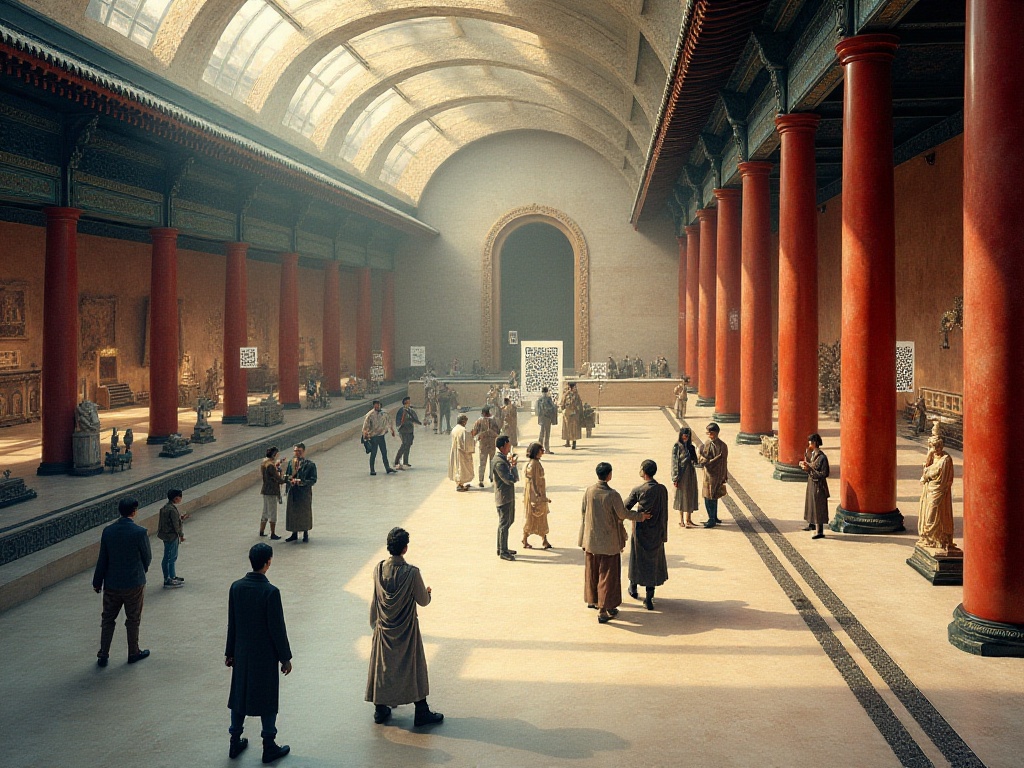
Regrets and Reflections
Every time I leave the British Museum, I feel a touch of regret. Not just for not seeing all exhibits, but because many precious artifacts' collection backgrounds are controversial. For example, the Parthenon sculptures are a crucial part of Greek cultural heritage, and the Greek government has been demanding their return. Many Egyptian Gallery artifacts face similar controversies.
This makes me ponder: in today's globalized world, how should we define artifact ownership? On one hand, these artifacts were indeed collected under special historical circumstances; on the other hand, the British Museum provides good preservation conditions and allows more people to appreciate these treasures of human civilization.
The inheritance of civilization is a complex topic. Each artifact carries the history and culture of specific civilizations, yet they are also the common wealth of human civilization. Finding balance between protecting artifacts and sharing civilizational achievements is a question for our generation to consider.
The British Museum's greatest impact on me is showing that human civilization develops through constant exchange and integration. Here, you can see artifacts from around the world and understand the connections and influences between different civilizations. This dialogue and exchange between civilizations may be a key driver of human social progress.
If you're planning to visit London, be sure to allocate enough time for the British Museum. I recommend downloading the museum's electronic guide app beforehand to learn more about exhibit backgrounds. Each gallery has its unique charm, worth savoring. Whatever civilization interests you, you'll find fascinating exhibits here.
Finally, everyone understands and feels differently about artifacts. Some are fascinated by Egypt's mysterious culture, some enchanted by Greek perfect art, some captivated by Eastern exquisite craftsmanship. These different perspectives and feelings are what make the museum vibrant and interesting. I hope everyone who comes here finds their own cultural connection.


